Grilling season is upon us, and as grilling enthusiasts, we’re always seeking new tips and tricks to elevate our outdoor cooking game. One versatile tool that often comes in handy when preparing a variety of meats on the grill is the butcher’s twine.
You may wonder if you can use butcher’s twine on the grill without risking any hazards or compromising your delicious meal.
This blog post will answer all your questions about using this humble yet powerful accessory to enhance your BBQ experience while ensuring safety and mouthwatering results. So, let’s dive right into the fascinating world of butcher twine and its potential uses on the grill!
Understanding Butcher’s Twine
Butcher’s twine, or kitchen twine, is a versatile and useful cooking accessory that comes in different materials, such as hemp or cotton, and is typically used for tying meat, poultry, or fish together in the meat market.
What Is Butcher’s Twine And Its Different Types?

As a versatile kitchen tool that transcends the culinary arts, cooking twine is an oven-safe string made from 100% cotton. Primarily utilized for trussing poultry, tying roasts, securing stuffed meats, and bundling herbs together, this essential component vastly improves food presentation and plays a pivotal role in precision cooking.
Available in various forms, including natural fiber, synthetic fiber, linen twine, jute twine, and silicone-coated twines, each type serves its unique purpose depending on the cooking method. While natural fiber options are ideal for trussing meats due to their heat-resistant properties and better grip on meat surfaces than their synthetic counterparts, silicone-coated versions offer increased durability when exposed to high temperatures seen during grilling or barbecuing techniques. Regardless of your preferred choice among these diverse types of butcher’s twine offerings available today, mastering knotting techniques will undoubtedly enhance any grilled masterpiece you create.
Safety Concerns With Using Butcher’s Twine On The Grill
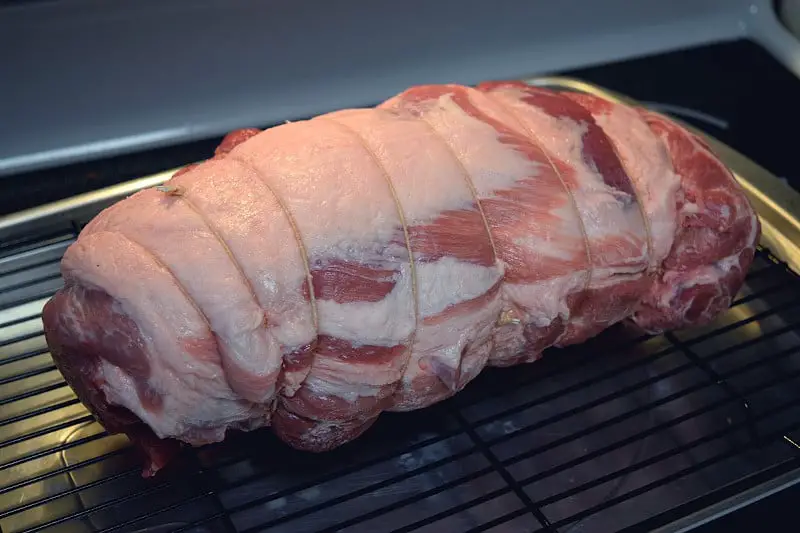
When using butcher’s twine on the grill, it is important to consider temperature limits and the risk of catching fire and take necessary health precautions.
Temperature Limits To Consider
When using butcher’s twine on the grill, it is crucial to understand and adhere to temperature limits for a safe cooking experience. Butcher’s twine can handle temperatures up to 600°F without any issues; however, exposing it to heat above this threshold may lead to the string catching fire or melting. Maintaining proper temperature ranges during your grilling sessions will ensure your safety and your meals.
Monitoring the air temperature within your smoker or grill becomes important while using butcher’s twine in meat preparation. The ideal heat range should stay between 225 and 300°F throughout the process, guaranteeing even cooking and preventing potential hazards related to higher temperatures. Keep an eye on your grill’s internal thermometer, or use a separate meat thermometer to track temperatures during outdoor cooking sessions with butcher’s twine.
Complying with these temperature limits guarantees that you avoid combustion risks and aligns with FDA recommendations regarding food safety when tying up meats for high-temperature cooking methods. Grilling enthusiasts must always prioritize health and safety precautions when experimenting with new techniques like utilizing butcher’s twine in their BBQ endeavors – ensuring delicious results without compromising anyone’s well-being around the grill!
Risk Of Catching Fire
When it comes to grilling, safety should always be a top priority. One of the safety concerns associated with using butcher’s twine on the grill is the risk of catching fire. Butcher’s twine may catch fire if exposed to high temperatures or direct flames, leading to potential accidents and injuries. It is essential to monitor the temperature of your grill carefully and keep an eye on any open flames that could come into contact with the twine.
To reduce the risk of fire, there are some precautions you can take when using butcher’s twine on the grill. Soaking the twine in water before use can help prevent it from catching fire easily. You can also use multiple layers or wrap several pieces of string around meat for added protection against flames and heat exposure. By following these tips and being mindful of handling your grill safely, you can enjoy your grilled meals without worrying about any potential risks or hazards posed by butcher’s twine.
Health Risks And Precautions To Take
When it comes to grilling meat, safety should always be a top priority. Butcher’s twine may seem like a convenient tool for tying up roasts or other cuts of meat on the grill, but there are health risks associated with using it at high temperatures. The FDA recommends avoiding using butcher’s twine when cooking meats that will be exposed to high temperatures due to the risk of harmful chemicals leaching from the string into the food.
Fortunately, there are precautions you can take to minimize these risks and safely use butcher’s twine on the grill. Before tying up your meat, consider soaking the twine in water for 20-30 minutes before use – this will help prevent it from catching fire on the hot grill. Additionally, try using multiple layers of twine when tying up a larger piece of meat to ensure they stay secure without risking any breaks or slips during cooking.
In addition to being careful with your choice of cooking string while grilling, following basic food safety tips is key – separate and chill meats properly before cooking them on the grill and regularly cleaning both your tools and grilling surface can go a long way towards ensuring safe and delicious outcomes every time you cook!
Tips And Best Practices For Using Butcher’s Twine On The Grill
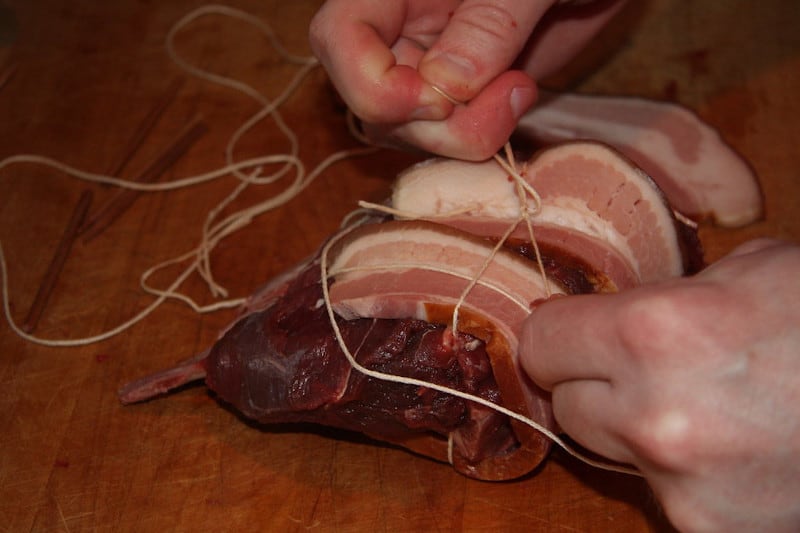
To ensure safety when using butcher’s twine on the grill, it is best to soak the twine in water before use, use multiple layers of twine for a thicker piece of meat, and avoid exposing the twine to direct flames or high temperatures.
Soaking The Twine And Other Precautions
When using butcher’s twine on the grill, it is essential to take necessary precautions to ensure your meat cooks evenly without risking your safety. Here are some tips for safely using butcher’s twine on the grill:
1. Soak the Twine: Soaking your butcher’s twine in water for 20-30 minutes before use helps prevent it from burning on the grill.
2. Use Multiple Layers: Wrap the soaked twine around your meat 2 or 3 times to add extra protection from heat and flames.
3. Keep Away from Flames: Avoid placing the twine directly on the flames, as it can catch fire and spread quickly. Please keep it away from direct heat and flames to reduce the risk of flare-ups.
4. Use Alternatives: Use heat-resistant rubber bands if you’re out of the butcher’s twine. They are a great substitute for tying meat and can withstand high temperatures.
5. Handle with Care: Always handle your meat carefully when trussing with twine, to avoid tearing or damaging delicate cuts.
By following these simple precautions, you can use cooking twine safely and efficiently on the grill, ensuring that your meat cooks evenly while minimizing any risks associated with flame exposure or other hazards.
Using Multiple Layers To Ensure Safety
When it comes to using butcher’s twine on the grill, safety should always be a top priority. One way to ensure safety is using multiple twine layers when trussing your meat. This helps to prevent any potential risks from the twine breaking or unraveling during cooking. Additionally, make sure to tie cool knots quickly and tightly for added security.
It’s important to note that while using multiple layers can provide extra precautionary measures, it doesn’t guarantee complete safety. It’s still crucial to follow all guidelines for safe grilling practices and food safety guidelines. Always check temperatures with a reliable thermometer and watch your meat as it cooks for optimal results.
Alternatives To Butcher’s Twine
If you’re looking for alternatives to butcher’s twine for your next grilling session, here are some options:
1. Dental Floss – Dental floss is a great substitute for butcher’s twine, especially when trussing small cuts of meat like chicken legs or pork chops. Be sure to use unflavored and unwaxed floss.
2. Skewers and toothpicks – Wooden skewers or toothpicks can be used to secure bacon, veggies, or smaller cuts of meat on the grill.
3. Aluminum foil – If you don’t have any butcher’s twine or wooden skewers, aluminum foil can be shaped into rings or twisted into ties to keep cuts of meat together.
Remember, proper trussing helps cook meats evenly and prevent them from falling apart on the grill. But whatever alternative you choose, ensure it’s safe for high-heat cooking and won’t melt or fall apart on the grill.
Where To Buy Reliable And High-quality Butcher’s Twine?
When buying high-quality Butcher’s twine for grilling, smoking, or barbecuing, it is important to consider quality and safety. Oklahoma Joe’s Natural Cotton Butchers Twine is a trusted source for reliable Butcher’s twine that many grill enthusiasts turn to. This food-grade cotton twine comes unbleached and biodegradable, making it an eco-friendly option for those who prioritize sustainability in their cooking tools.
You can find this food-safe material at various retailers online, including Amazon, Walmart, and Home Depot. Its natural fibers allow the twine to withstand heat during long hours of low-and-slow barbecue preparations so that you can enjoy perfectly cooked meats every time. Investing in a long-lasting butcher string will make your life easier and ensure you have confidence when handling meat on the grill or smoker.
Conclusion: Using Butcher’s Twine Safely And Efficiently On The Grill
In conclusion, using butcher’s twine on the grill greatly enhances your grilling experience. It helps to keep your meat and stuffing in place while cooking and absorbs some of the meat’s juices as it cooks.
However, taking proper precautions when using the twine on the grill is essential. Soaking it beforehand, avoiding exposure to flames, and being mindful of temperature limits are all important steps in ensuring the safe and efficient use of butcher’s twine on the grill. With these tips in mind, you can utilize this versatile tool like a pro and create mouth-watering dishes that impress even professional chefs!
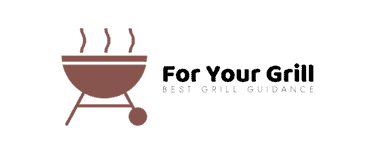
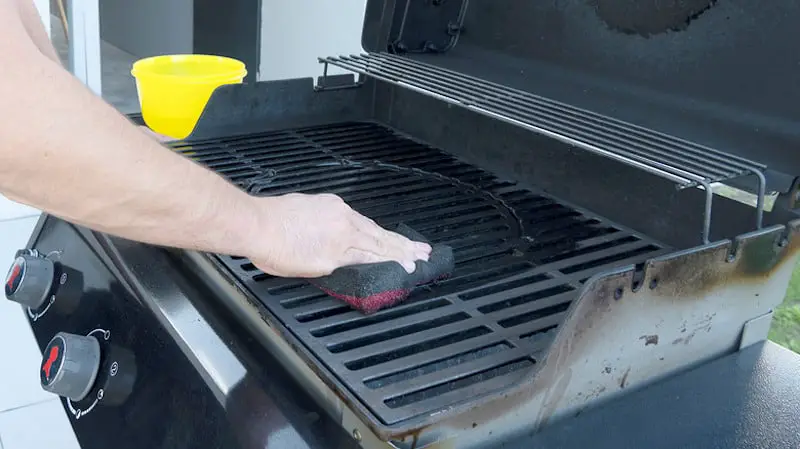
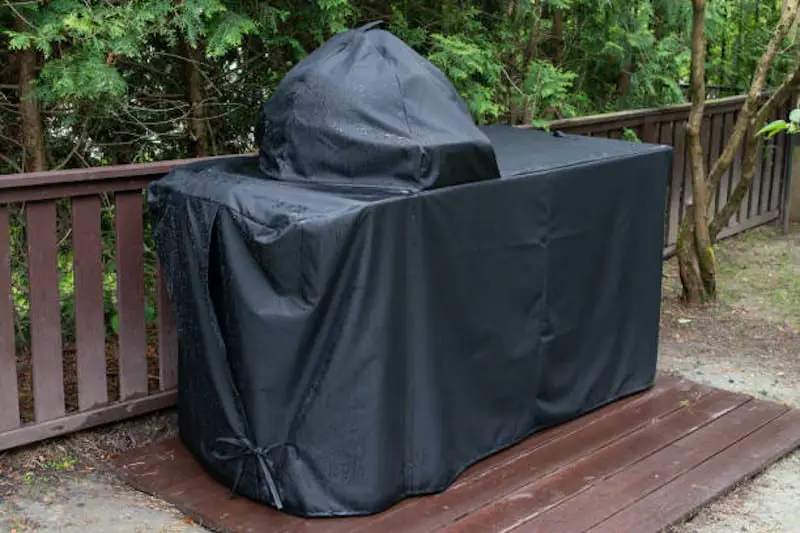
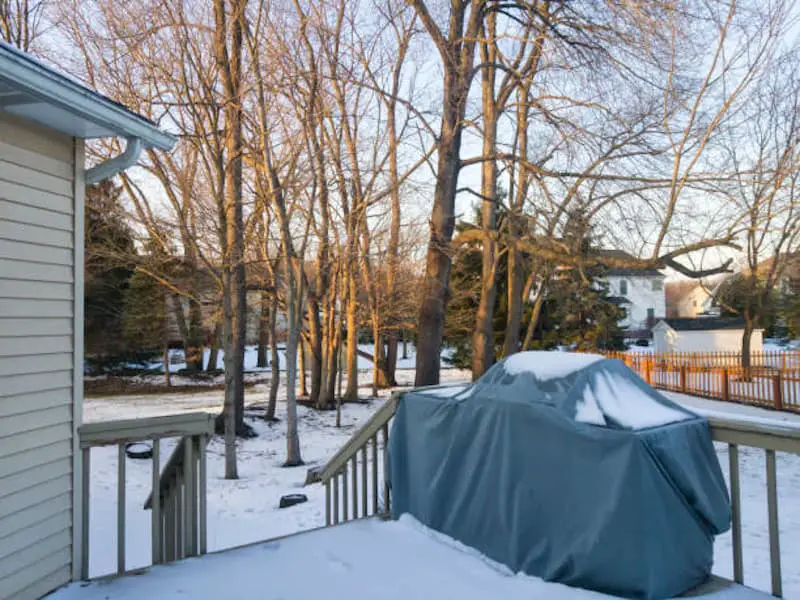
Leave a Reply